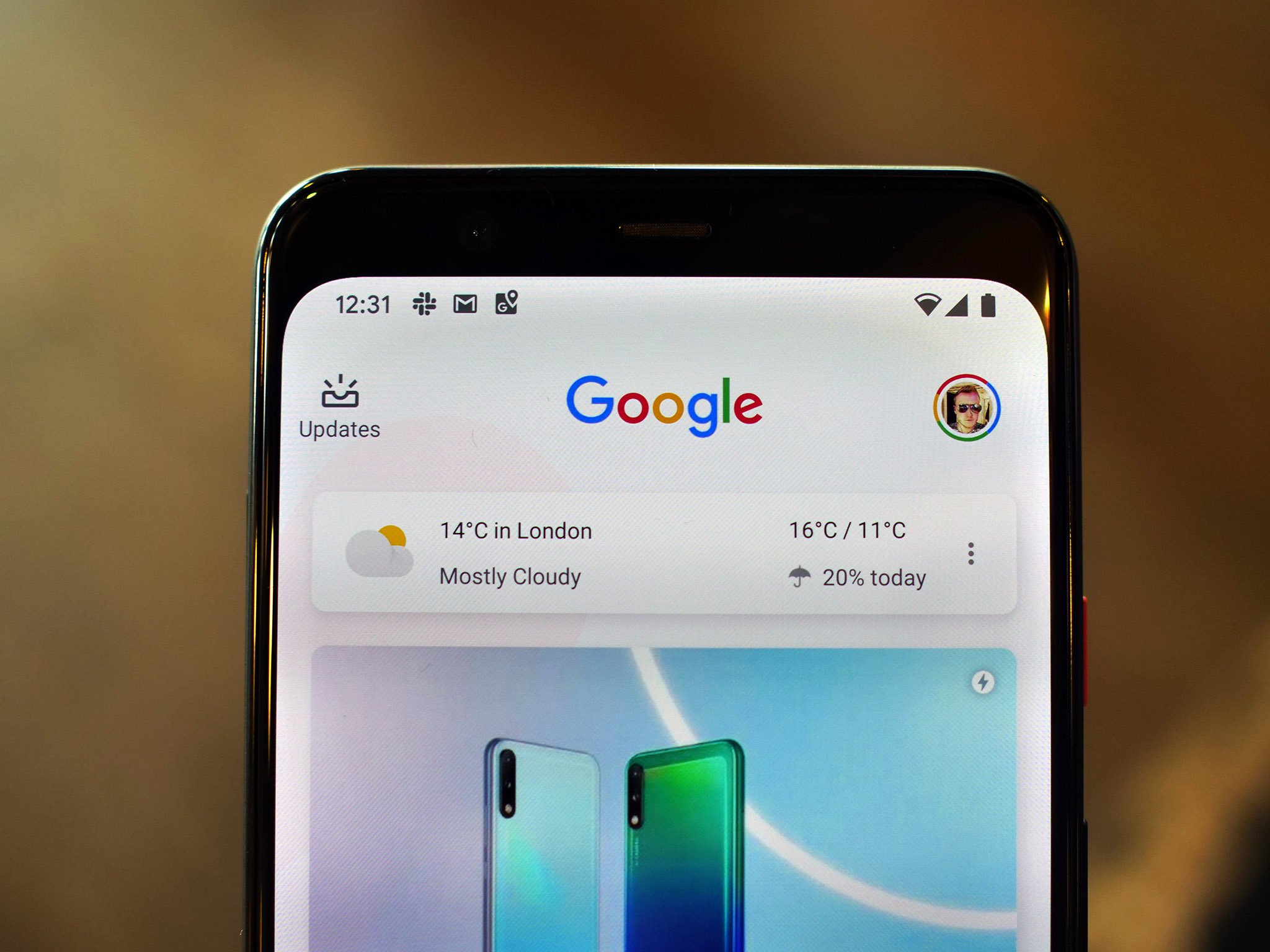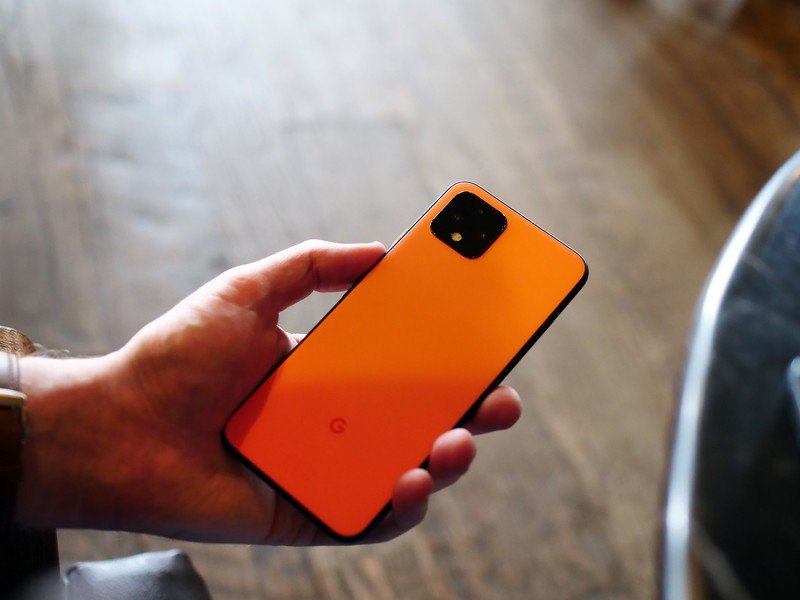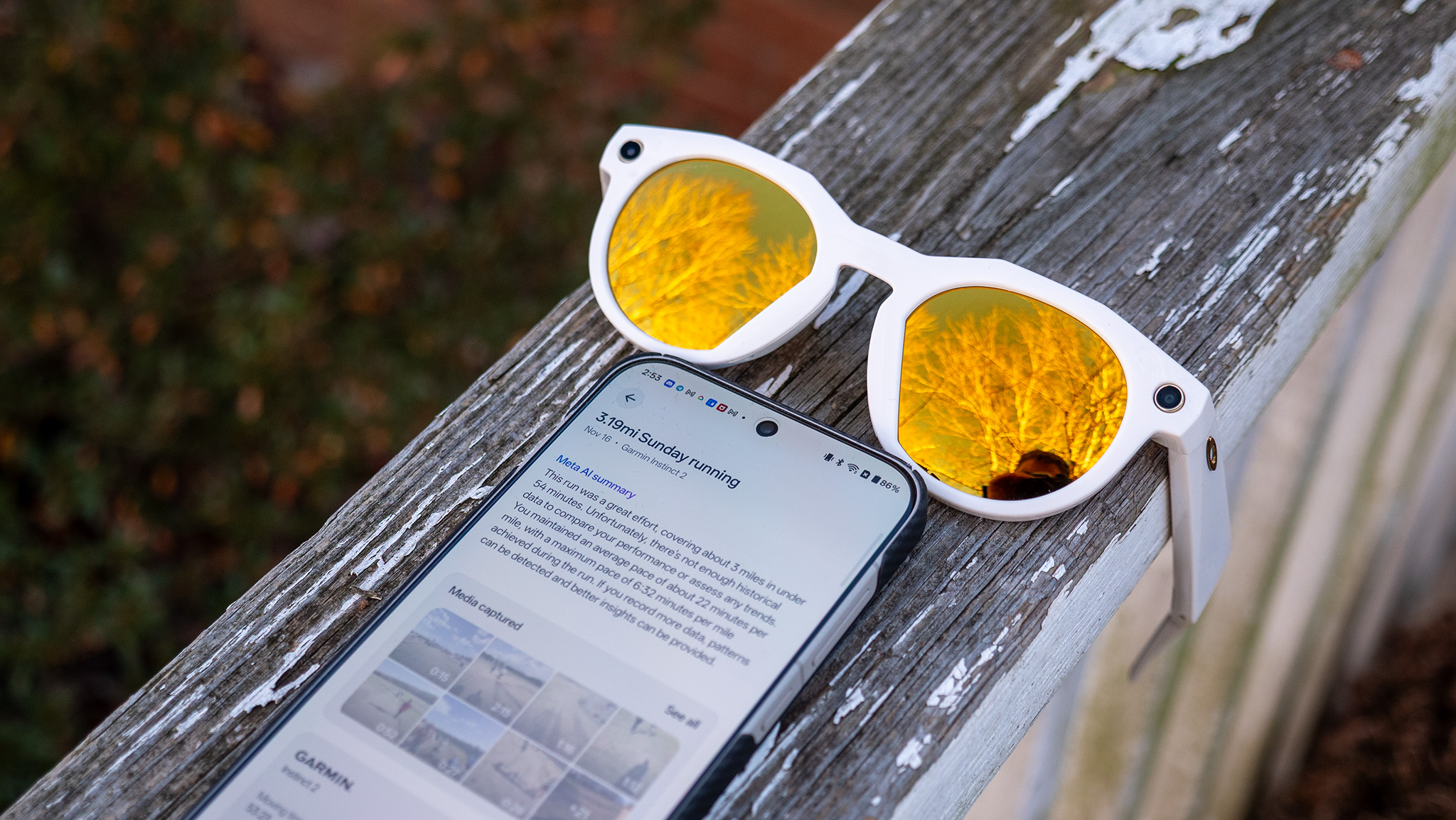Here's why Google isn't launching the Pixel 4 and 4 XL in India

After endless leaks and rumors, the Pixel 4 series series is now official. The Pixel 4 and Pixel 4 XL bring interesting new features, including a 90Hz display, Soli radar hardware with Motion Sense gestures, and a secondary camera at the back.
While the changes are exciting and push Google's hardware ambitions forward, there is a low point: the Pixel 4 and 4 XL will not be launching in India. Google is citing Soli as the reason, with the radar hardware not meeting the requisite guidelines for use in the country. Soli does more than Motion Sense gestures — it works in conjunction with the facial recognition system, which is as secure as a fingerprint reader. It needs to be, because the Pixel 4 doesn't have a traditional fingerprint sensor or an in-screen solution; the IR-based face unlock is the de facto biometric authentication system for the phone.
As Soli is necessary for face unlock and there's no other biometric authentication method available, Google had no recourse but to abandon its launch plans for the Indian market. In a statement, a Google India spokesperson said:
Google has a wide range of products that we make available in different regions around the world. We determine availability based on a variety of factors, including local trends, and product features. We decided not to make Pixel 4 available in India. We remain committed to our current Pixel phones and look forward to bringing future Pixel devices to India.
The crux of the issue is the 60GHz frequency that Soli is based on. The Indian government doesn't allow public use of the frequency — unlike the U.S. — effectively preventing Google from launching the phone in the country.
Any competent phone manufacturer would have done extensive testing to confirm a core feature like Soli would work in all global markets.
Every Pixel launch was followed by a string of issues — the Pixel 2 XL launched with a terrible display, and the Pixel 3 series continues to have memory management issues. For this generation, it's the fact that Soli doesn't work in all countries. Google failing to realize that a marquee feature like Soli won't work everywhere once again shows just how incompetent the company is at hardware.
All phone manufacturers test their products in launch markets to ensure core features work as advertised, and for Google to miss this is inexcusable. Combine that with the sheer volume of leaks around the Pixel 4 and 4 XL and it's easy to see that Google still has a long way to go before it stops making amateur mistakes.
Then there's the fact that Pixel phones haven't really set sales figures ablaze in the first place. Android is dominant in India — with over 98% market share — but the Pixel lineup hasn't taken off in the country. That's understandable when you look at the pricing: the Pixel 3 XL debuted in India at ₹83,000 ($1,165), and the Pixel 3a line started off at ₹39,999 ($560). When you consider the fact that there are dozens of phones that offer much better hardware at significantly lower prices, it's easy to see why the Pixel brand is still limited to a niche audience.
Get the latest news from Android Central, your trusted companion in the world of Android

The high markup is on account of the fact that Google imports its devices into India, which attracts a hefty 28% tax. Google isn't alone in this — iPhones sold in India are also imported — but because Apple has a better brand cachet, it is able to command a premium for its products in the country. Even then, Apple is looking to local manufacturing as a way to bring down costs.
The fact that the Pixel 4 isn't launching in India all but confirms a Pixel 4a series without Soli.
The fact that the Pixel 4 series isn't launching in India opens up speculation around the Pixel 4a. We haven't heard anything yet regarding the mid-range Pixel series, but it is possible Google will be looking to accelerate the time-frame of the Pixel 4a. And seeing as how it was Soli that prevented Google from launching the Pixel 4 series in India, it is a guarantee that the 4a series won't feature the radar hardware.
That means Pixel 4a users will miss out on secure facial recognition, with Google instead looking to offer a traditional fingerprint sensor or an in-screen module. We'll have to wait and see what the Pixel 4a has to offer, but for now, it's a real shame that Google isn't launching the Pixel 4 and 4 XL in India.

Harish Jonnalagadda is Android Central's Senior Editor overseeing mobile coverage. In his current role, he leads the site's coverage of Chinese phone brands, networking products, and AV gear. He has been testing phones for over a decade, and has extensive experience in mobile hardware and the global semiconductor industry. Contact him on Twitter at @chunkynerd.
